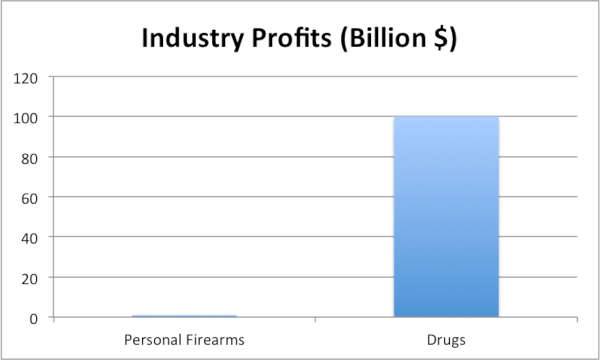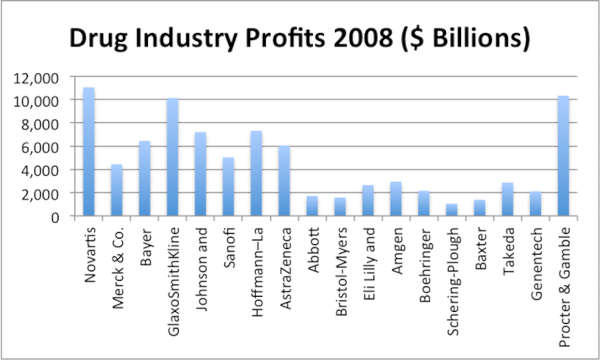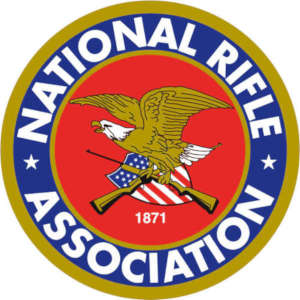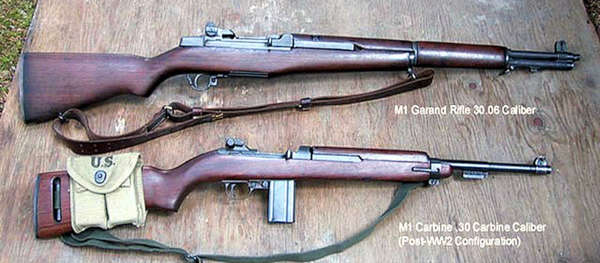An article in the Huffington Post in 2012 wrote about the profits the firearms industry in America makes from selling guns and ammunition:
Making and selling guns and ammunition is a lucrative business for U.S. firearms companies, which will earn nearly $1 billion in profit this year, according to the market research firm IBISWorld. -Huffington Post, Dec 12, 2012
Later in the same article they revised the figures slightly downward:
Guns and ammunition manufacturers will make a projected $993 million in profits on sales of $11.7 billion this year, according to a report issued by the market-research company IBISWorld.
I guess they had to stretch just a tad in the lead of paragraph – “billion” sounds better than “millions.” Nowhere in this article does the author put those projected profits into any sort of reasonable perspective.

Another concern voiced by some in regards to the recent senseless shooting at Sandy Hook Elementary was the possibility that psychotropic drugs might, in a few cases, turn otherwise just seriously mentally ill young boys into remorseless killers playing out a fantasy in a drug induced hallucination.
According to a Huffington Post article:
The number of children and teens taking antipsychotic medications has skyrocketed in recent years, with psychiatrists prescribing the drugs in nearly one-in-three visits with youth, a new study found. -Huffington Post
The drug industry certainly makes a lot more profit than the gun industry as shown in this chart below:

According to Wikipedia in 2008 the top 19 pharmaceutical pharmaceutical companies made over $100 billion, a 100 to 1 ratio compared to the gun industry. In fact each of those 19 pharmaceutical companies individually made more than the entire gun industry as a whole.

Just to be clear, we are comparing the firearms industry in the U.S. which includes importers of firearms made in other countries (e.g., Glock in Austria) to the worldwide pharmaceutical which all have lobbyists in Washington for their products. Now given the above, how powerful do you think the gun industry as a whole is in Washington compared to the pharmaceutical companies?
The most cited spokesman for the gun industry is undoubtedly the National Rifle Association (NRA). But its power does not primarily come from the gun industry. It comes from the millions and millions of gunowners who support it with annual dues and contributions. It is a true reflection of democracy, a true “voice of the people” in America. Not all of the people, obviously, but a large number of them.

Here is another chart taken from CNN Money for 2009 showing the most profitable industries:

You will not see “guns” or “firearms” or “ammunition” anywhere in the above top 30 most profitable industries. You will see pharmaceuticals as being very profitable, one of the highest in fact.
You have no doubt heard the saying, “Follow the money,” which means that the “Golden Rule” of Washington, D.C. is that, “He who has the gold rules.” If you should learn anything from this it is that gun control legislation in Washington is most likely not stymied by a huge, powerful, and enormously profitable gun industry. That is a myth.
Speaking again of drugs, here is a list of Documented Side Effects of ADHD Drugs:
Aggression/hostility
Agitation
Blood pressure changes
Changes in vision or blurred vision
Depression
Dizziness or faintness
Fever
Hallucinations
Heart attack
Hives
Hypersensitivity
Impotence
Increased irritability
Insomnia
Involuntary tics/twitching
Irregular heartbeat
Liver problems
Loss of appetite
Mania
Mental/mood changes
Muscle/joint tightness
Nausea
Nervousness
Painful menstruation
Psychosis
Restlessness
Seizures
Sexual dysfunction
Slow/difficult speech
Stomach pain
Stroke
Stunted growth
Sudden death
Suicidal thoughts
Swelling of face or throat
Tourette’s Syndrome
Toxic psychosis
Unusual bleeding/bruising
Unusual sadness/crying
Violent behavior
Vomiting
Weight loss
“Zombie” demeanor
Do you suppose maybe we ought to be investigating the possibility that in some cases these drugs might have something to do with the creation of an Adam Lanza, the psychotic murderer at the Sandy Hook Elementary School in Newtown, Connecticut? Or do you suppose an industry with great power in Washington, D.C. may not want a serious investigation to take place?
In the 1950s when I was a child growing up a neighbor might have an M1 Garand battle rifle – firing a far more powerful cartridge than an AR-15 – loaded in his closet. Or he might have an M1 Carbine with a 20 round detachable magazine, also loaded in the closet. Kids sometimes brought guns to school in those days. There were clubs in schools for rifle marksmanship. In the 1950s and early 1960s you could buy German battle rifles, collected off the WWII battlefields of Europe, by mail order from an ad in the back of a comic book.

But one thing you did not have in the 1950s and 1960s was a lot of young boys on legally prescribed psychotropic drugs. One other thing was different too. You didn’t have these mass shootings at schools and malls.
I have read reports that almost all of these killers that we have reliable information on were either on, or withdrawing from a legally prescribed psychotropic drug. We need to find out what possible role some of these drugs may have on a few vulnerable individuals. We can’t let the powerful drug companies which are far richer and more powerful than the gun industry stop that from happening.
— Some Additional Resrouces —
Top Ten Legal Drugs Linked to Violence
Newtown Shootings: A Caution About Violence and SSRIs
Is it Drugs Not Guns that Cause Violence?
9 Of Top 10 Drugs Linked to Violence Are Among Psychiatry’s Favorites
Many Psychoactive Drugs are Strongly Associated with Violence